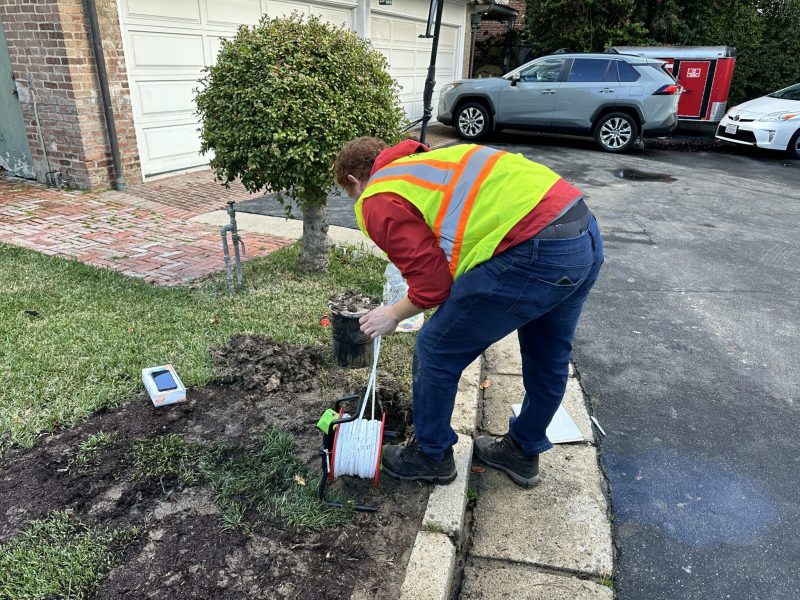Environmental site assessments are a critical component of property evaluation in California, particularly when addressing potential contamination and regulatory compliance. These assessments are designed to identify environmental hazards that may impact the safety, value, and usability of a site. A proper evaluation often involves visiting the site to collect necessary information, review historical records, and assess potential risks. For more detailed guidelines and resources, professionals often visit site resources provided by California regulatory agencies. In California, environmental site assessments are typically classified into three main phases: Phase I, Phase II, and Phase III, each with distinct purposes and methodologies.
Phase I Environmental Site Assessment: Potential Risk Identification
A Phase I Environmental Site Assessment (ESA) is the first step in assessing a property for environmental issues. This phase is mainly concerned with determining potential or past contamination through historical use, regulatory files, and visual observation. Professionals performing a Phase I ESA examine previous property ownership, past aerial photos, city planning records, and government databases to assess whether hazardous materials were potentially stored or handled on the property.
During the Phase I inspection, the inspectors perform a physical walk-through of the property, identifying any obvious signs of contamination, including chemical storage spaces, stained soils, or abnormalities of vegetation. This phase of inspection does not usually include sampling of the soil, groundwater, or materials within buildings. The main purpose is to determine if additional investigation is warranted. In California, Phase I inspections are commonly a prerequisite for real estate transfers, lending approvals, and adherence to state environmental laws.

Phase II Environmental Site Assessment: Verification and Testing
When a Phase I ESA indicates possible contamination or environmental issues, a Phase II Environmental Site Assessment is recommended. This assessment includes testing soil, groundwater, and materials in a lab to confirm the presence and amount of hazardous substances.
Phase II evaluations are more technical than Phase I. They require specialized equipment and strict protocols for sampling and testing. Environmental professionals develop a sampling plan based on the findings of the Phase I evaluation and the known risks at the property. In California, Phase II ESAs are often needed for properties that have been used for industrial purposes, chemical storage, or other potentially harmful activities. A Phase II test result provides solid proof of contamination and helps determine the best cleanup strategy.
Phase III Environmental Site Assessment: Remediation and Management
Phase III Environmental Site Assessments are usually begun when Phase II testing indicates contamination that is hazardous to human health or the environment. Phase III is designed to create and implement remediation plans to address environmental hazards.
Operations in a Phase III evaluation can involve the removal of contaminated soil, the cleanup of groundwater, or the removal of hazardous building material. Environmental engineers and remediation professionals work to ensure the cleanup procedures meet California’s stringent environmental regulations, such as the California Environmental Quality Act (CEQA) and guidelines from the Department of Toxic Substances Control (DTSC). Phase III evaluations are critical to making properties usable and safe again, especially for redevelopment or resale.
Conclusion
Understanding the differences between Phase I, II, and III environmental site assessments is important for property owners, developers, and environmental professionals in California. Each phase has a specific role in identifying, testing, and cleaning up potential contamination. This process helps ensure compliance with government standards and protects public health. Properly conducted assessments, starting with a thorough Phase I evaluation, can help avoid expensive legal and environmental issues. A site visit is a key part of this process. It offers direct insights into possible risks. By following these phased approaches, stakeholders can make smart choices about property use, investment, and cleanup strategies. This ultimately supports safer and more sustainable development in the state. Additionally, professionals often visit site resources and official guidelines online to stay informed about best practices and regulatory requirements. This reinforces the effectiveness of environmental management in California.
